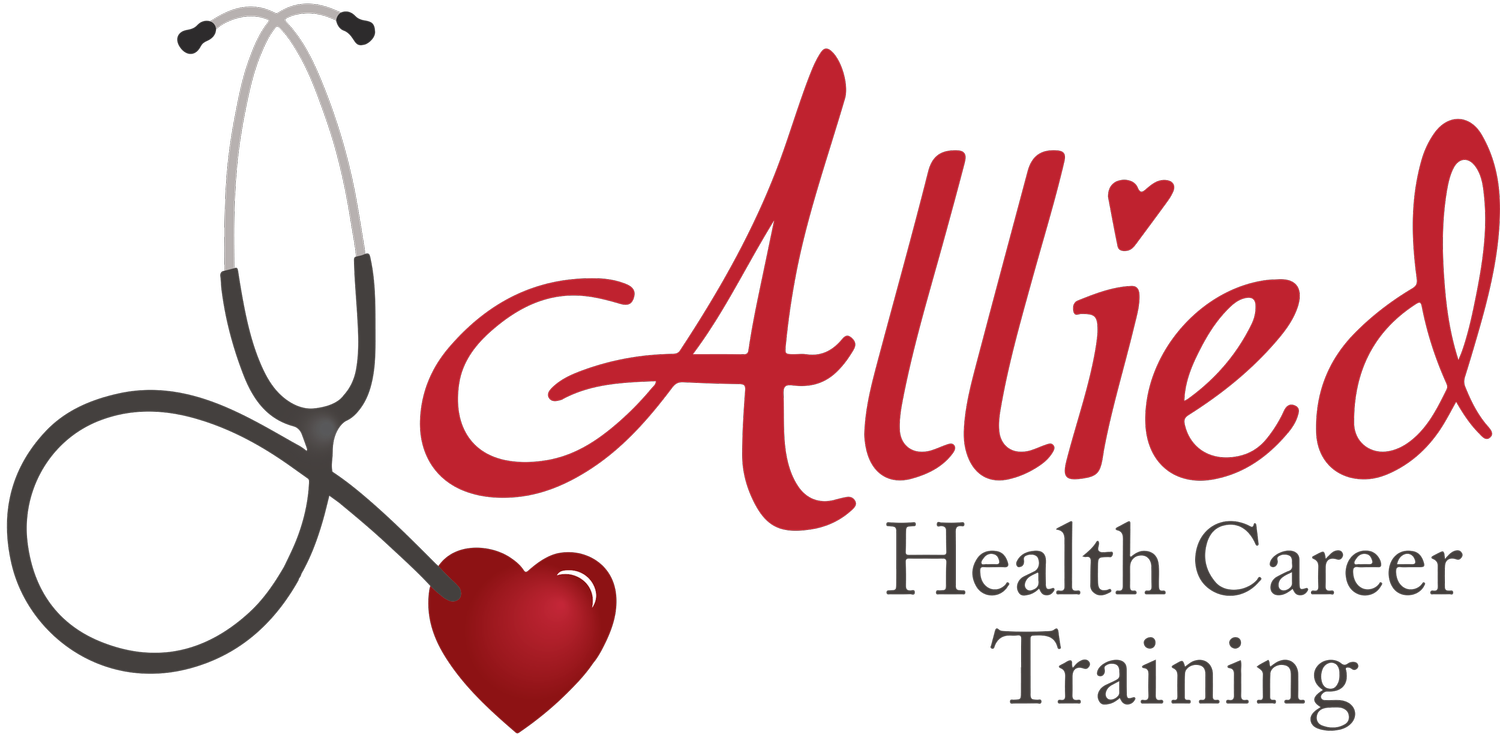A cerebrovascular accident (CVA), also known as a stroke, is a medical condition characterized by the sudden interruption of blood flow to the brain, leading to the death of brain cells and potential neurological damage.
There are two main causes of stroke. An ischemic stroke is caused by a blocked artery in the brain. A hemorrhagic stroke is caused by the leaking or bursting of a blood vessel in the brain. In easier terms, the two main types of strokes are blocks and bleeds.
Some people may have only a temporary disruption of blood flow to the brain, known as a transient ischemic attack (TIA), sometimes called a mini-stroke. A TIA doesn't cause lasting symptoms.
Ischemic stroke
This is the most common type of stroke. It happens when the brain's blood vessels become narrowed or blocked. This causes reduced blood flow, known as ischemia. Blocked or narrowed blood vessels can be caused by fatty deposits that build up in blood vessels. Or they can be caused by blood clots or other debris that travel through the bloodstream, most often from the heart. An ischemic stroke occurs when fatty deposits, blood clots or other debris become lodged in the blood vessels in the brain. Research is showing that COVID-19 infection may increase the risk of ischemic stroke, but more study is needed.
Hemorrhagic stroke
Hemorrhagic stroke occurs when a blood vessel in the brain leaks or ruptures. Bleeding inside the brain, known as a brain hemorrhage, can result from many conditions that affect the blood vessels. Factors related to hemorrhagic stroke include:
High blood pressure that's not under control.
Overtreatment with blood thinners, also known as anticoagulants.
Bulges at weak spots in the blood vessel walls, known as aneurysms.
Head trauma, such as from a car accident.
Protein deposits in blood vessel walls that lead to weakness in the vessel wall. This is known as cerebral amyloid angiopathy.
Ischemic stroke that leads to a brain hemorrhage.
A less common cause of bleeding in the brain is the rupture of an arteriovenous malformation (AVM). An AVM is an irregular tangle of thin-walled blood vessels.
Transient ischemic attack
A transient ischemic attack (TIA or mini-stroke) is a temporary period of symptoms similar to those of a stroke. But a TIA doesn't cause permanent damage. A TIA is caused by a temporary decrease in blood supply to part of the brain. The decrease may last as little as five minutes. A transient ischemic attack is sometimes known as a ministroke.
A TIA occurs when a blood clot or fatty deposit reduces or blocks blood flow to part of the nervous system.
Seek emergency care even if you just think a resident might be having a TIA. It's not possible to tell if someone having a stroke or TIA based only on the symptoms. If this is the case, it means they may have a partially blocked or narrowed artery leading to the brain. Having a TIA increases your risk of having a stroke later.
Risk factors
Many factors can increase the risk of stroke. Potentially treatable stroke risk factors include:
Lifestyle risk factors
Being overweight or obese, physical inactivity, heavy or binge drinking,
drugs such as cocaine and methamphetamine.
Medical risk factors
High blood pressure, cigarette smoking or secondhand smoke exposure, high cholesterol, diabetes, obstructive sleep apnea, cardiovascular disease, including heart failure, heart defects, heart infection or irregular heart rhythm, such as atrial fibrillation.
Personal or family history of stroke, heart attack or transient ischemic attack.
COVID-19 infection.
Other factors associated with a higher risk of stroke include: Age — People age 55 or older have a higher risk of stroke than do younger people.
Race or ethnicity — African American and Hispanic people have a higher risk of stroke than do people of other races or ethnicities.
Sex — Men have a higher risk of stroke than do women. Women are usually older when they have strokes, and they're more likely to die of strokes than are men.
Hormones — Taking birth control pills or hormone therapies that include estrogen can increase risk.
Complications from having a CVA
A stroke can sometimes cause temporary or permanent disabilities. Complications depend on how long the brain lacks blood flow and which part is affected. Complications may include:
Loss of muscle movement, known as paralysis. You may become paralyzed on one side of the body. Or you may lose control of certain muscles, such as those on one side of the face or one arm.
Trouble talking or swallowing. A stroke might affect the muscles in the mouth and throat. This can make it hard to talk clearly, swallow or eat. You also may have trouble with language, including speaking or understanding speech, reading or writing.
Memory loss or trouble thinking. Many people who have had strokes experience some memory loss. Others may have trouble thinking, reasoning, making judgments and understanding concepts.
Emotional symptoms. People who have had strokes may have more trouble controlling their emotions. Or they may develop depression.
Pain. Pain, numbness or other feelings may occur in the parts of the body affected by stroke. If a stroke causes you to lose feeling in the left arm, you may develop a tingling sensation in that arm.
Changes in behavior and self-care. People who have had strokes may become more withdrawn. They also may need help with grooming and daily chores.

